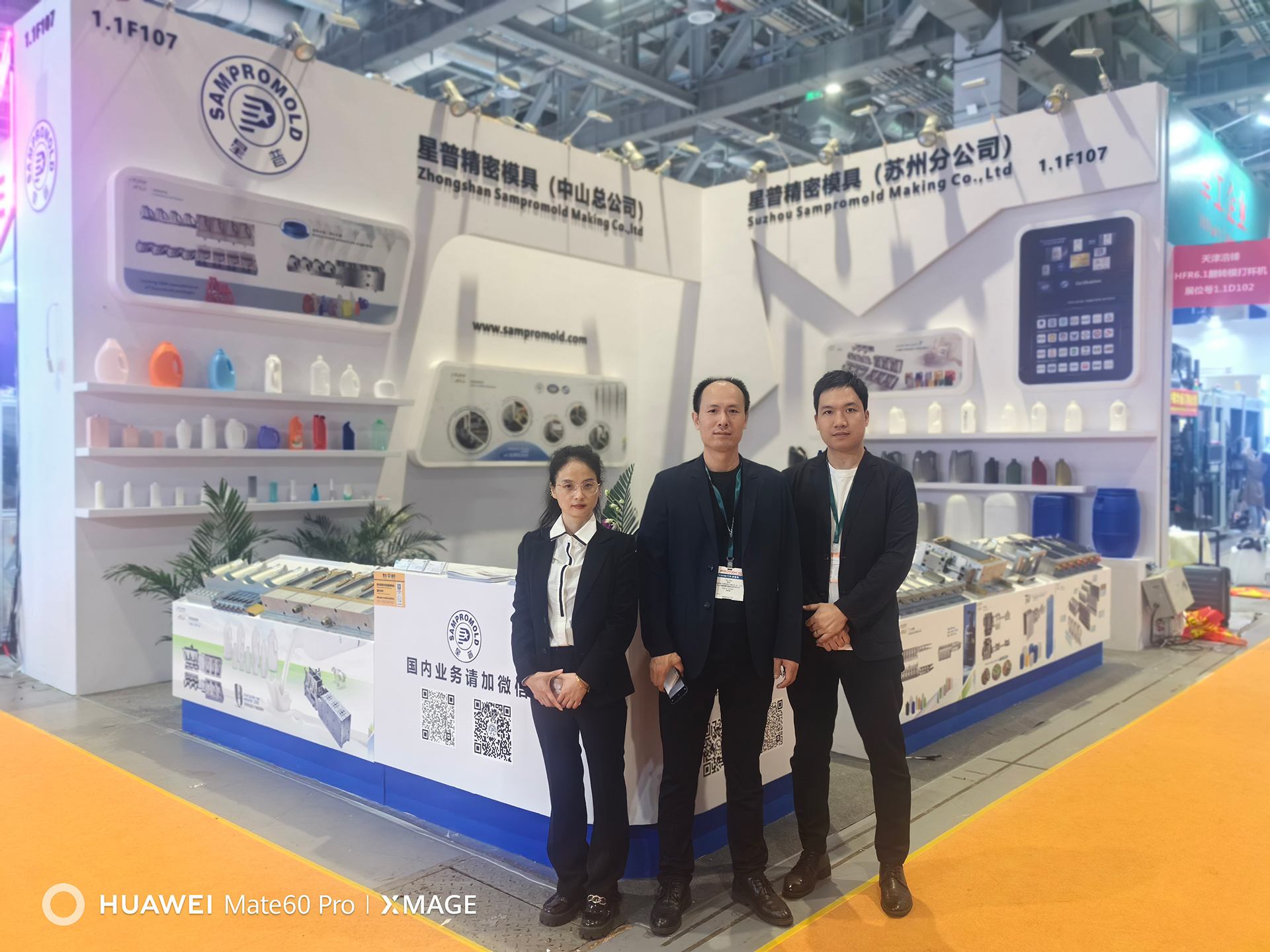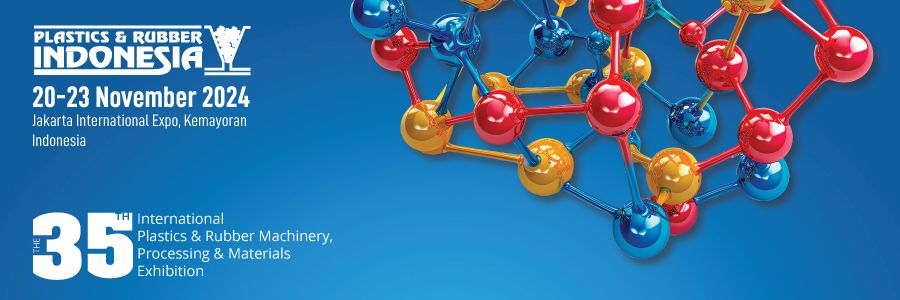Unlocking Precision: The Benefits of New Ceramic Injection Molds in Manufacturing
Time:
2025-05-17
Unlocking Precision: The Benefits of New Ceramic Injection Molds
In the rapidly evolving landscape of manufacturing, precision and efficiency are paramount. One of the most significant advancements in this field has been the introduction of ceramic injection molds. These molds not only enhance the accuracy of production but also offer a plethora of benefits that can significantly elevate manufacturing processes. In this article, we delve into the advantages of utilizing ceramic injection molds, exploring how they can unlock new levels of precision in various applications.
Table of Contents
- 1. Introduction to Ceramic Injection Molding
- 2. What is Ceramic Injection Molding?
- 3. Advantages of Ceramic Injection Molds
- 4. Applications of Ceramic Injection Molding
- 5. The Manufacturing Process of Ceramic Injection Molds
- 6. Challenges and Solutions in Ceramic Injection Molding
- 7. The Future of Ceramic Injection Molding
- 8. Frequently Asked Questions
- 9. Conclusion
1. Introduction to Ceramic Injection Molding
As industries continue to seek ways to enhance productivity and reduce waste, ceramic injection molding has emerged as a viable solution. By combining the traditional process of injection molding with advanced ceramic materials, manufacturers can create complex shapes with exceptional precision. This section introduces the concept of ceramic injection molding and its importance in modern manufacturing.
2. What is Ceramic Injection Molding?
Ceramic injection molding (CIM) is a specialized manufacturing process that allows for the production of intricate ceramic parts. It involves mixing ceramic powders with a binder material to create a feedstock, which is then injected into a mold. Once the part is formed, it undergoes debinding and sintering processes to achieve the desired strength and density. This method stands out for its ability to produce complex geometries that are challenging to achieve with traditional machining techniques.
3. Advantages of Ceramic Injection Molds
Utilizing ceramic injection molds presents numerous benefits that can significantly impact manufacturing efficiency and product quality. Here, we explore some of the most compelling advantages.
3.1 Enhanced Precision and Accuracy
One of the most notable benefits of ceramic injection molds is their ability to produce parts with exceptional precision. The injection molding process allows for tight tolerances and intricate designs that can be replicated consistently across large production runs. This precision is crucial in industries such as aerospace, medical devices, and electronics, where even the slightest deviation can lead to product failure.
3.2 Cost Efficiency in Production
While the initial investment in ceramic injection molds might be higher compared to traditional molds, the long-term cost savings are substantial. The efficiency of the injection molding process reduces material waste and production time, resulting in lower overall manufacturing costs. Additionally, the durability of ceramic molds allows for extended use, further decreasing costs per unit.
3.3 Improved Product Quality
Another significant advantage of ceramic injection molds is the ability to produce high-quality parts. Ceramic materials are known for their excellent mechanical properties, including high strength and resistance to wear and chemical corrosion. This results in products that not only meet but often exceed industry standards, ensuring client satisfaction and reducing the likelihood of returns or defects.
4. Applications of Ceramic Injection Molding
Ceramic injection molding finds applications across various sectors due to its versatility and precision. Some of the most common applications include:
- Aerospace Components: Lightweight, high-strength parts that meet stringent safety requirements.
- Medical Devices: Components that require biocompatibility and high precision.
- Electronics: Insulators and capacitors that benefit from the thermal and electrical properties of ceramics.
- Industrial Machinery: Parts that require wear resistance and longevity.
5. The Manufacturing Process of Ceramic Injection Molds
The manufacturing process of ceramic injection molds involves several key steps:
- Feedstock Preparation: A mixture of ceramic powder and binder is created, which is crucial for achieving the desired properties.
- Molding: The feedstock is injected into pre-designed molds under high pressure.
- Debinding: The binder is removed from the molded part through heating or solvent extraction.
- Sintering: The ceramic part is heated to a temperature that allows particles to fuse, enhancing strength and density.
6. Challenges and Solutions in Ceramic Injection Molding
Despite its advantages, ceramic injection molding is not without challenges. Some common issues include:
- Material Handling: Ceramic powders can be difficult to work with due to their properties. Improved handling techniques and equipment can mitigate these challenges.
- Process Control: Maintaining consistent quality requires precise control over the molding and sintering processes. Advanced monitoring systems can help manage these variables.
- Cost of Materials: While ceramic materials can be expensive, utilizing alternative formulations can reduce costs without sacrificing quality.
7. The Future of Ceramic Injection Molding
The future of ceramic injection molding looks promising. As technology advances, we expect to see improvements in materials and processes that enhance efficiency and reduce costs. Additionally, the growing demand for lightweight, high-performance components across various industries will drive further innovation in this field.
8. Frequently Asked Questions
What is the difference between ceramic injection molding and traditional molding?
Ceramic injection molding uses ceramic materials to produce intricate parts, while traditional molding typically involves metals or plastics. CIM allows for higher precision and durability in the final product.
What industries benefit the most from ceramic injection molding?
Industries such as aerospace, medical devices, electronics, and industrial machinery benefit significantly from ceramic injection molding due to the precision and durability of the parts produced.
How does the cost of ceramic injection molds compare to other materials?
While the initial investment for ceramic injection molds may be higher, the long-term cost savings through reduced waste and increased durability make them cost-effective over time.
Are ceramic injection molds environmentally friendly?
Ceramic materials are often more environmentally friendly compared to some plastics, as they can be made from natural materials and are recyclable, depending on the formulation.
What advancements can we expect in ceramic injection molding?
Future advancements may include improved material formulations, enhanced automation in the molding process, and better techniques for managing production quality.
9. Conclusion
In summary, ceramic injection molds represent a significant advancement in the manufacturing sector, offering enhanced precision, cost efficiency, and improved product quality. As industries continue to evolve, the benefits of these innovative molds will likely become more pronounced, making them an essential tool for manufacturers looking to stay competitive. The future of ceramic injection molding is bright, promising further advancements that will unlock even greater potential in precision manufacturing.
RELATED NEWS













